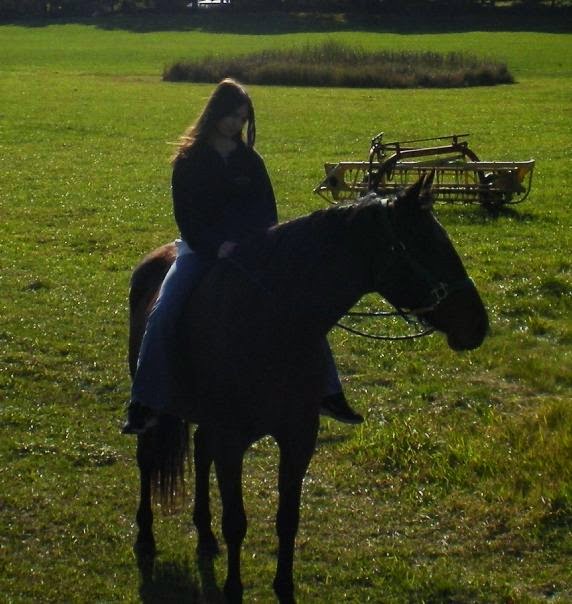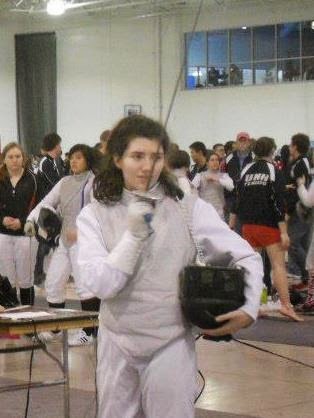The American rock band Foo Fighters
announced the dates and locations of their 2015 North American tour on Nov. 18.
The tour includes 28 concerts throughout the United States and Canada, which
will commence July 4 in Washington.
This
announcement came just a short eight days after the band released their eighth
album “Sonic Highways.” The album, which had been in the works since early last
year, is unique in that each of its eight songs were recorded in different,
musically historical cities across the country, with the help of iconic
musicians from said cities.
Although
the Foo Fighters will not be joined on tour by the various musicians who helped
them produce “Sonic Highways,” we can expect they will integrate their new
material into their set lists alongside tried and true crowd favorites, if
their recent performances can be any indication.
According
to Setlist.fm,
during a concert at the Irving Plaza in New York on Dec. 5, the Foo
Fighters played five songs from the new album – “Congregation,”
“In the Clear,” "Outside," "I Am a River" and “Something From Nothing” – along with classic
rock covers and songs from each of their previous albums.
The
first single from “Sonic Highways,” “Something From Nothing,” which was officially
released on Oct. 16, has quickly become a frequently played song at concerts.
Since the Foo Fighters played the song on Oct. 17 on the Late Show with David
Letterman, they have done 13 live performances to date. “Something From
Nothing” was featured at 10 of them. In comparison, other new songs like “Congregation,” and “In the Clear,” have each been
played six times since their release.
Although
the Foo Fighters are certainly looking to introduce their audience to their new
work, they seem to respond to their audience in turn by playing what is already
popular among their fan base. This is not only true of “Something From Nothing,”
– which has over 3,500,000 views on YouTube – but of the band’s much older
songs. In fact, according to Setlist.fm, the three songs that the Foo Fighters
have played most often in concert are “Everlong,” “Monkey Wrench” and “My Hero,”
all of which were recorded for their 1997 album, “The Colour and the Shape.”
The band has not given up on playing their classics to make room for new songs,
either; all three songs were featured at their most recent concert on Dec. 5.
Appropriately,
during the Foo Fighters’ 2015 North American tour, the band is set to return to
five of the eight cities where they recorded songs for “Sonic Highways”:
Washington, New York, Chicago, Los Angeles and Nashville, Tenn. The Chicago
show, set for Aug. 29, is already sold out according to the Foo Fighters’ Facebook
page.
Royal
Blood will open for the Foo Fighters from the July 6 show in Camden, N.J. to
the Aug. 25 show in Pittsburgh, with the exception of the July 18 show in
Boston, where Mission of Burma will play.
It is reasonable to
wonder whether some of the musicians that played a role in the production of
“Sonic Highways,” could also join the band for select shows along the way,
considering they are returning to many of the cities where the album was
produced. It has already been determined that the kick-off Washington show will
feature performances by musicians from almost every city the Foo Fighters visited
during production.
The
band introduced a box-office only pre-sale on Nov. 22 called “Beat the Bots,”
which is designed to curb ticket scalping. With the exception of the Washington
concert, which made online ticket purchases available right away, and the two
concerts at Fenway Park in Boston, all shows offered a “Beat the Bots” presale.
Online pre-sales began Dec. 1 at 10 a.m. and the general
public was able to buy tickets starting Dec. 4. Those who are interested in purchasing
tickets should visit the Foo Fighters’ website for a full list of concert locations.
By Shelby Ashline
Written for Amherst Wire

